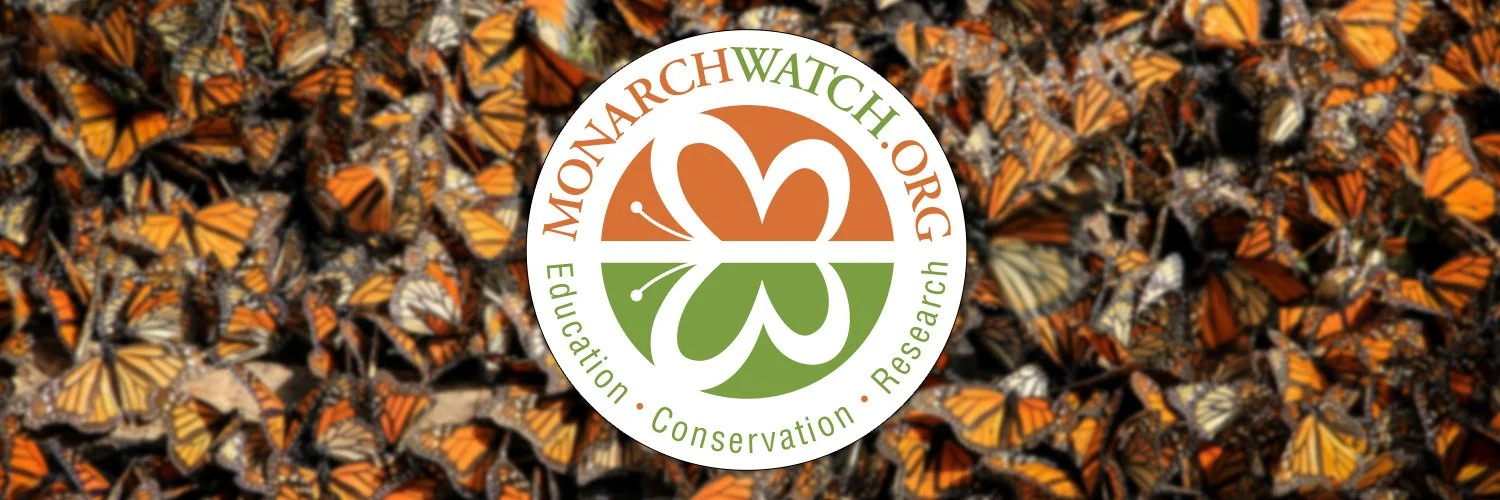Wildlife
Find Out What You're Hearing This Summer
Canadian Geese flying over Lake Beulah
Canadian Geese Management
As the population increases, so do the incidences of conflict. High concentrations of resident Canada geese can lead to landscape damage, decreased water quality, disruption of recreational activities and decreased aesthetics from abundant droppings. In Wisconsin, The management strategy for geese is twofold:
Manage the overall population through hunter harvest.
Address property or community-specific problems with professionally guided integrated management.
NUISANCE MANAGEMENT TECHNIQUES:
Do not feed Canada geese.
Modify habitat to make it less appealing to geese. Allow grass to grow longer or plant buffer strips of native vegetation around water bodies.
Erect fence barriers to make it difficult for geese to access water.
Use scare tactics such as trained dogs, auditory calls, predator effigies, mylar flagging, pyrotechnics and human harassment.
Chemical repellents can be used to deter geese from an area. A permit may be needed to use repellents.
With a permit, nest and eggs can be destroyed to decrease nesting success and aggressiveness.
USDA Wildlife Services can conduct round-ups in areas with nuisance flocks.
Additional resources:
Wood Ducks. Photo: Steve Bly/Alamy
WOOD DUCK NESTING BOXES
Many lake residents have noticed wood ducks along their shore and are interested in providing nesting boxes on their properties.
Wood ducks, buffleheads, barrow's goldeneyes, common goldeneyes, hooded mergansers and common mergansers are all cavity nesting ducks.
These ducks build nests in abandoned woodpecker holes or natural tree cavities caused by disease, fire or lightning. They will also use a constructed nesting box.
Don't have wood ducks in your area? A duck box may even attract other cavity nesting birds such as kestrels, tree swallows, great crested flycatchers or screech owls.
Already have a nesting box? See our tips for building a predator guard and finding the right place to install.
What you'll need for your box:
(1) 1 X 10 X 12' cedar board (.75" x 9.25" x 12' actual)
Safety glasses
Measuring tape
Handsaw or table saw
Jigsaw
Drill and 1/2" bit
Screwdriver or driving bit for screws
Sandpaper
Wood screws
Cedar shavings
Learn more on the Build a Wood Duck Box Website (Ducks Unlimited)
Additional resources:
Wisconsin Turtle Conservation Program
The Wisconsin Turtle Conservation Program (WTCP) is a Wisconsin Department of Natural Resources (WDNR) citizen-based monitoring program aimed to better catalog species' statewide distributions and to document high turtle mortality infrastructure locations to better manage and conserve Wisconsin’s turtles. The WTCP further encourages citizens to proactively conserve turtles in their neighborhoods by protecting turtle nests by building and installing nest cages (see printable pdf and online video). To report non-turtle, amphibian and reptile road mortalities, please submit those via the Reptile and Amphibian Road Mortality Reporting Form.
Planting a Native Plant Butterfly Garden or Monarch Way Station:
Providing food and shelter for monarchs and other pollinators also helps conserve native plants, reduce habitat fragmentation and increase biodiversity in the landscapes.





